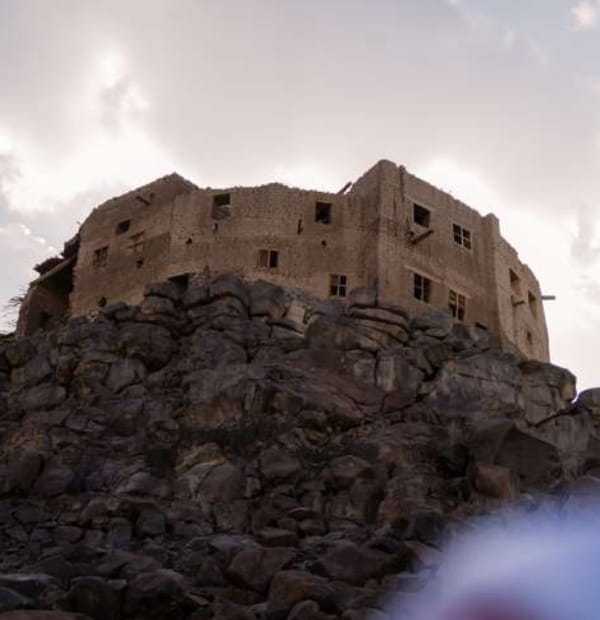Recently the Khaybar Longue Durée Project (AFALULA, RCU, CNRS) has revealed the ruins of a large Bronze Age town, named al Natah, in the Khaybar Oasis, which dates c. 4,400 to 3,300 years ago (c. 2400-1300 BCE). Divided into distinct functional areas – residential, administrative, and funerary – the town is associated, and contemporary with, a huge stone rampart fortification that encircles the core of the Khaybar Oasis.
- Home
-
Strategic Initiatives
- Strategic Initiatives
- Villa Hegra
- Journey Through Time Masterplan
- Path to Prosperity
- Sharaan Nature Reserve
-
Khaybar Heritage Village
- Arabian Leopard Programme
- AlUla Animal Welfare
- AlUla Agriculture
- I Care
-
Archaeology, Collections & Conservation Department
- Crossroads 2021
- Crossroads 2022
- Design Space AlUla
-
Living in AlUla
-
Business in AlUla
-
Visiting AlUla
-
Partners
-
About RCU
-
Media & Resources
-
Contact
.jpg)
.jpg)
-(1).jpg)
.jpg)

-(1).jpg)



.jpg)